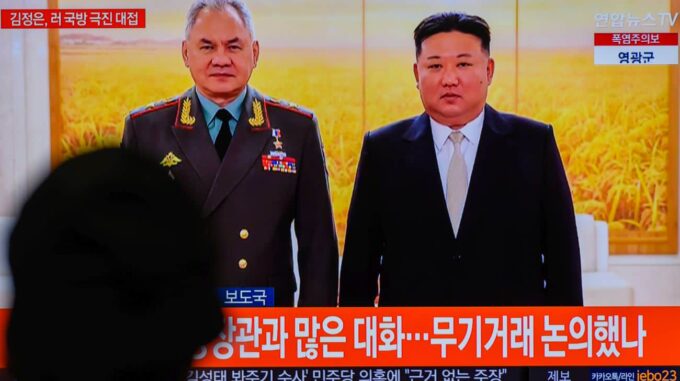British intelligence has released data that shock the entire world: over the past months of the war in Europe and the Kursk region, North Korean forces have suffered significant losses

According to a British Ministry of Defence intelligence report dated June 15, specifically, more than six thousand North Korean military personnel have been killed, wounded, or disappeared in battles near Kursk. This means that about half of the approximately 11,000 North Korean soldiers previously deployed in the region have not returned home intact or alive. Sources from British intelligence emphasize that the high casualties among North Korean troops are likely the result of large-scale, exhausting, and direct infantry assaults carried out by Russian forces to achieve tactical objectives in the region. Given that most combat occurs in close contact with Ukrainian and Russian sides, these data confirm that the scale of losses indicates a destructive tactic employed by Russian troops, involving foreign volunteers and units. Intelligence agencies stress that the situation around the Kursk area remains tense, and active fighting is most likely confined to this region. At the same time, the report notes that any expansion of military escalation beyond the region—particularly onto the territory of Ukraine, which is recognized by the international community—will almost certainly require agreements from both conflict parties: Moscow and Pyongyang. This indicates the caution currently exercised by Russian military forces and their allies, as well as the complex and plateau-like nature of the ongoing hostilities. Regarding diplomatic and military contacts, the recent visit of Russia’s Security Council Secretary and former Defense Minister Sergey Shoygu to North Korea on June 4, 2025, was the second such trip in the last three months. According to sources, during the visit, he met with Pyongyang’s leader, Kim Jong-un. Officially, analysts interpret this visit as Russia’s attempt to secure and expand military and political support from North Korea, which, according to experts, acts as an important ally and potential source of military aid in the conflict with Ukraine. British intelligence also emphasizes that the current phase of North Korea’s active hostilities is confined exclusively to the Kursk direction. Despite numerous rumors and speculations about possible deployment of combat operations in other parts of Ukraine’s internationally recognized territory, analysis shows that any large-scale expansion of the conflict currently requires agreements from both Moscow and Pyongyang. This further underscores the caution exercised by Russia and its allies in military planning. According to information sources, as early as April, representatives of North Korea’s parliament, citing intelligence data, reported that roughly 600 North Korean soldiers had already died due to Russia’s actions in Ukraine. Specifically, their participation in fighting in the Kursk region was noted, where Russian forces conduct large-scale assaults and offensive operations. Ukrainian President Volodymyr Zelensky, in early January, commented differently, stating that the losses of North Korean troops fighting alongside Russia against Ukraine had reached approximately 4,000, including wounded and killed. The Ukrainian military command continues to monitor this issue. On April 25, the General Staff of Ukraine’s Armed Forces reported that since the start of the so-called Kursk operation, Ukrainian forces have neutralized over 4,500 North Korean military personnel, further confirming the scale of foreign (particularly Asian) volunteer units’ involvement in the conflict. Overall, this information—collected from diplomatic, military, and intelligence sources—once again underscores that North Korea’s role in Russia’s conflict with Ukraine, although currently limited to the Kursk direction, remains a subject of close international scrutiny. The high human and reputational losses, along with diplomatic contacts with leader Kim Jong-un, suggest that any changes in the military situation are only possible through announced or unofficial agreements, which are still kept confidential from the general public.

